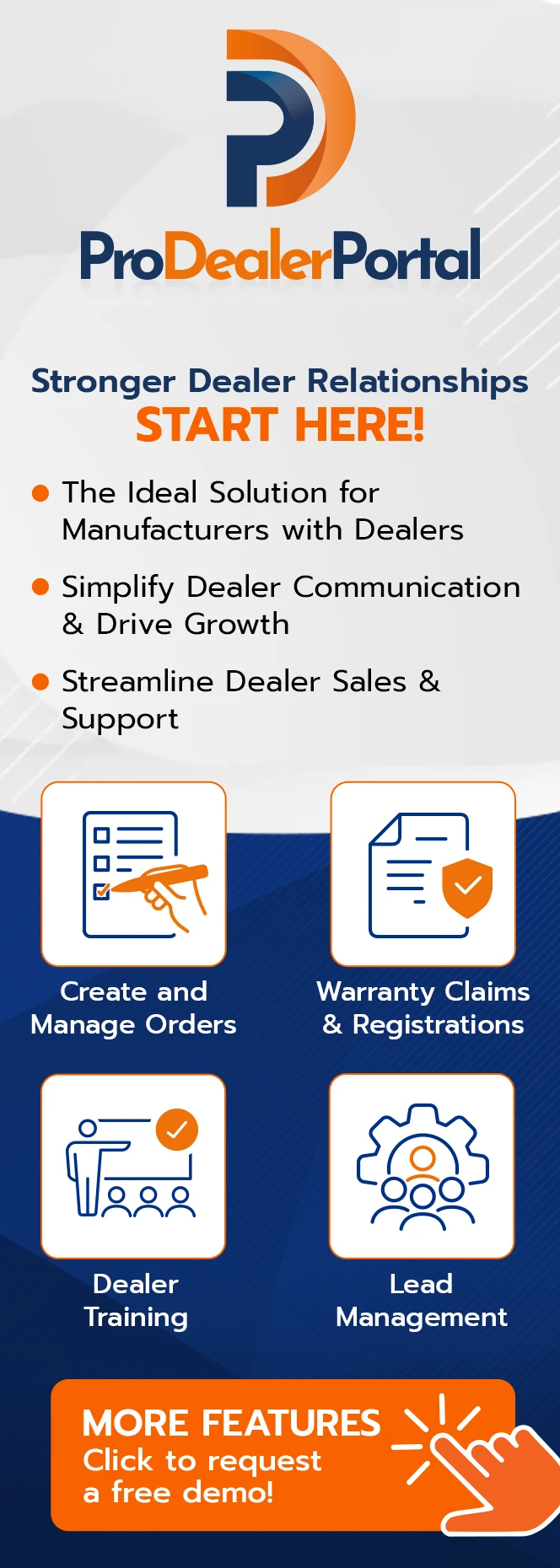Learning Management System for Customer Training

In the current business landscape, customer training is paramount. One method that allows you to structure this process is with a learning management system (LMS). With this system, companies can provide targeted training content, ensuring customers can use their products or services, thus leading to a more positive experience.
Why Customer Training Matters
There are several key reasons why customer training is important. It reduces user frustration and helps users feel empowered with essential information. A customer with more knowledge is more likely to have a positive experience than one who is unaware, which strengthens loyalty. Training can also cut support costs when done right. When customers know how to use a product, they require less customer support, resulting in an efficient allocation of resources.
Features of an Effective LMS for Customer Training
A learning management system for customer training must support various content types, including videos, quizzes, interactive elements, etc., to cater to learners’ preferences. Secondly, it has to be scalable so that your content can grow as per business requirements. Third, you need to be able to track and report. These characteristics allow companies to keep track of progress and measure the success of the training plans.
Customization and Personalization
Personalized learning paths can enhance the training experience in many ways. An LMS should help you customize the content to enable different customers with different needs. Custom content can address specific issues that users are facing, which can be an added advantage. Besides increasing engagement, it also makes the training pertinent and efficient.
Accessibility and Flexibility
The present-day customer does not have to access the training material in a specific way. LMS offers multi-device access for users to learn anytime and from anywhere. Such flexibility is crucial in the case of varying schedules and time zones. Also, an easy-to-use interface is the most important thing. If customers can easily access the system, they can interact with the content better.
Community and Collaboration
A sense of community can be built around training, which helps people learn better. Including forums, discussion boards, and collaborative projects on an LMS can promote user interaction and the exchange of support for one another during the learning process. Customers who share their knowledge and experience benefit from collective learning.
Integration with Other Systems
It is important to ensure that LMS can integrate with the existing system and tools. This integration ensures that training is integrated into the overall customer experience. A unified experience is offered when an LMS works well with customer relationship management tools or support platforms. Such alignment helps ensure consistent messaging while also fostering a smoother transition from learning to applying.
Measuring Success
Evaluating the customer training program’s success can be important. Strong analytics offered by an LMS provide insights into user behavior and performance. By analyzing these metrics, businesses can pinpoint improvement areas and make data-driven decisions. Similarly, feedback mechanisms like surveys, assessments, etc., provide direct user feedback that optimizes future training.
Cost-Effectiveness and Efficiency
An LMS could be an economical option for customer training. Conventional training methods are costly and time-consuming. On the other hand, it is much easier to deliver content at scale through an LMS. This can help businesses save funds by limiting the requirement for physical sessions and printed materials. The straightforward system for making updates helps keep information up-to-date, adding to the system’s value.
Future Trends in LMS for Customer Training
In recent years, technology has driven a change in how businesses approach customer training. Some of these trends include an extensive use of artificial intelligence to better personalize the learning experience.
Another emerging trend is the use of gamification elements, such as badges and leaderboards. Incorporating these features boosts engagement by creating a more interactive, enjoyable learning experience. The future of innovative training solutions will only get closer as technology continues to develop, making it easier for businesses to educate their customers.
Conclusion
When it comes to customer training, an LMS is an indispensable tool. It supports flexibility, personalization, and integration, making it an effective learning tool. Customer education will remain a top priority for businesses; hence, an LMS will always have its place. A powerful system assists companies in keeping customers informed, satisfied, and loyal. With an evolving landscape, offering top-notch training is no longer a bonus but a need.
